Premium Only Content
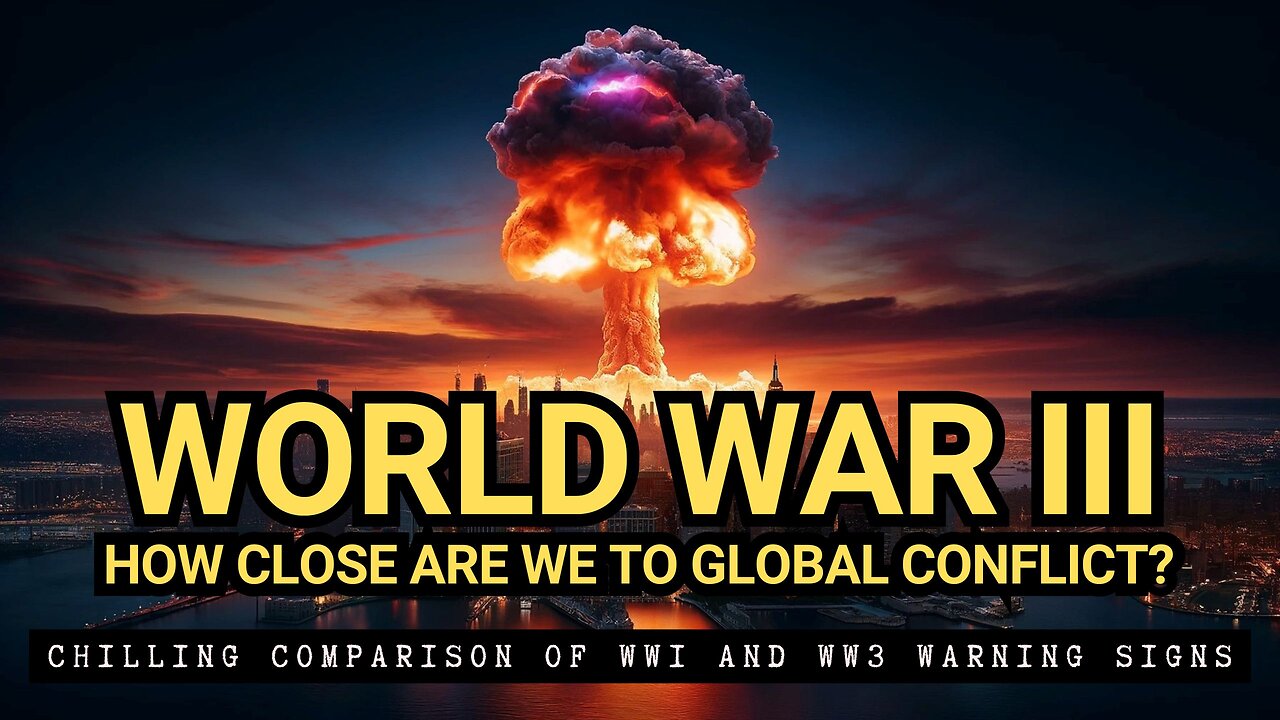
WW3: How Close Are We to Global Conflict?
A Chilling Comparison of WW1 and WW3 Warning Signs
"THE ONE WHO DOES NOT REMEMBER HISTORY IS BOUND TO LIVE THROUGH IT AGAIN"
George Santayana
Is World War 3 on the horizon? With rising tensions between powerful nations, many are asking: How close are we to global conflict? To understand the present, we must look to the past. Let's compare the warning signs of World War 1 to what's happening today.
Before WW1 erupted in 1914, the world was already on a dangerous path. The warning signs were there, but they were ignored. Nations were becoming more nationalistic, focusing on their own interests and competing for power. This led to rising mistrust between countries.
Back then, countries like Germany, Britain, and France were building up their military might, preparing for a conflict they claimed they didn’t want. Alliances were formed, creating a network of treaties that promised mutual defense. But this only made the situation more volatile.
The assassination of Archduke Franz Ferdinand of Austria was the spark that ignited the war. A single event triggered a chain reaction, pulling the world into a devastating conflict.
So, are we seeing the same warning signs today? Unfortunately, yes. Nationalism is on the rise once again, with countries focusing more on their own interests and less on cooperation. Nations like the United States, Russia, Iran and China are ramping up their military capabilities, spending billions on advanced weapons.
Just like in the early 20th century, today’s global alliances, such as NATO, have created a delicate balance of power. But this balance can easily tip, pulling multiple countries into a conflict if even one misstep occurs.
And then there are the potential flashpoints—disputed regions like the South China Sea, Ukraine, and the Middle East. These areas are like ticking time bombs that could spark a larger conflict at any moment."
But there’s one major difference between WW1 and today: technology. Modern warfare is far more advanced, with cyber attacks, drones, and the terrifying potential use of nuclear weapons. This makes the prospect of WW3 even more frightening.
So, what can we do to prevent WW3? The first step is understanding the warning signs and learning from history. Diplomacy, communication, and international cooperation are more crucial than ever to keep the peace.
Are we close to WW3? While no one can predict the future, the warning signs are too clear to ignore. By recognizing these dangers and working together, we can avoid repeating the mistakes of the past and prevent another global conflict.
-
 LIVE
LIVE
Revenge of the Cis
3 hours agoEpisode 1471: Sucker
1,014 watching -
 1:03:42
1:03:42
Michael Franzese
2 hours agoShe Spent 36 Years in Prison for a Crime She Didn’t Commit
8.11K6 -
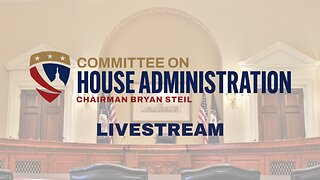 2:28:12
2:28:12
Committee on House Administration
2 hours agoSubcommittee on Elections Hearing: “Revisiting the 2024 Election with Secretaries of State”
12K1 -
 1:01:58
1:01:58
The Football Terrace
4 hours ago $1.01 earnedGoldbridge SLAMS Neville's AGENDA! Carragher’s Arsenal AGENDA EXPOSED! Arsenal Ready for Madrid WAR
19.9K1 -
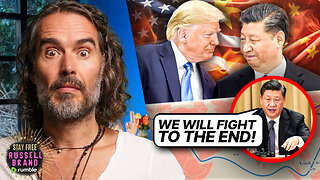 1:24:27
1:24:27
Russell Brand
5 hours agoTrump THREATENS China As Xi Vows to ‘FIGHT TO THE END’ Against US Tariffs – SF562
134K29 -
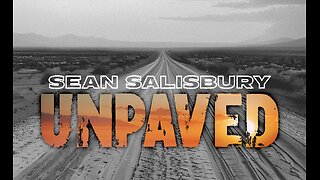 1:14:14
1:14:14
Sean Unpaved
4 hours agoGators' Road To Glory! Masters Tournament Preview with PGA Tournament Winner Mark Lye
33.4K2 -
 1:03:13
1:03:13
Timcast
5 hours agoLeftist ASSASSINATION Culture TAKING OVER, 55% Of Left Call For END Of Trump And Elon
221K166 -
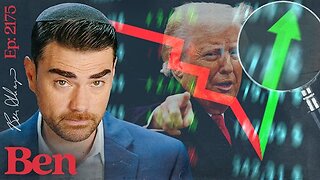 49:18
49:18
Ben Shapiro
4 hours agoEp. 2175 - REBOUND or FALSE SPRING? Has The Market Hit Bottom?
57.2K33 -
 2:24:38
2:24:38
The Confessionals
4 hours agoThe Rise of Nephilim Sex Magick
29.5K12 -
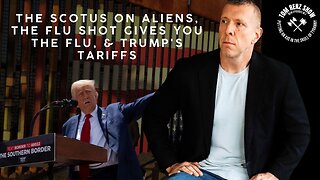 58:27
58:27
The Tom Renz Show
3 hours agoThe SCOTUS on Aliens, The Flu Shot Gives You the Flu, & Trump's Tariffs
42.2K9